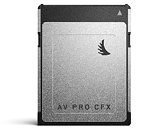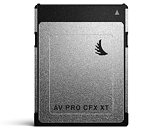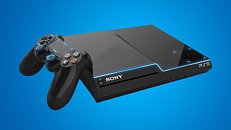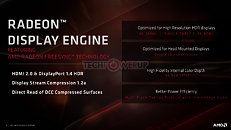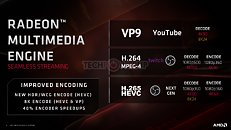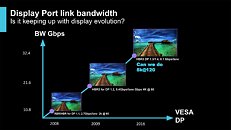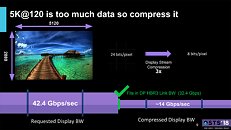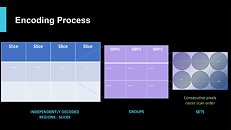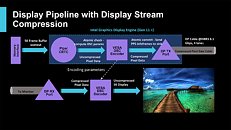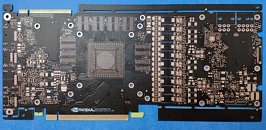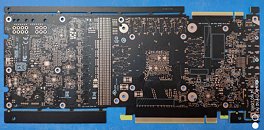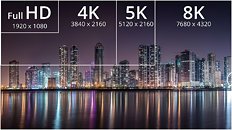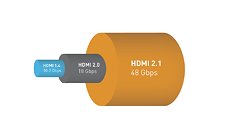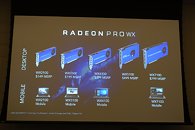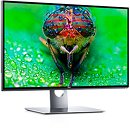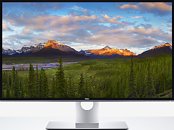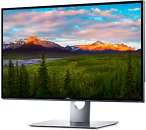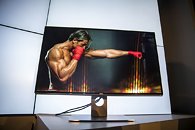
Samsung Showcases Industry-Leading Displays at ISE 2020
Samsung Electronics is pushing the industry another step forward with an expansion of QLED 8K SMART displays, new applications of The Wall and showcasing the new-and-improved Samsung Flip 2 digital flipchart.
"Samsung is making tomorrow's technology a reality with complete display solutions that are more immersive, collaborative and interactive than ever before. ISE is one of the best opportunities for Samsung to showcase advanced commercial applications of our industry-leading displays," said Hyesung Ha, Senior Vice President of Visual Display Business at Samsung Electronics. "We're excited to unveil new features and expanded lineups of our digital signage with next-generation technology such as 8K, the new model of The Wall, collaborative displays and more that will provide businesses with opportunities they've never had before."
"Samsung is making tomorrow's technology a reality with complete display solutions that are more immersive, collaborative and interactive than ever before. ISE is one of the best opportunities for Samsung to showcase advanced commercial applications of our industry-leading displays," said Hyesung Ha, Senior Vice President of Visual Display Business at Samsung Electronics. "We're excited to unveil new features and expanded lineups of our digital signage with next-generation technology such as 8K, the new model of The Wall, collaborative displays and more that will provide businesses with opportunities they've never had before."








